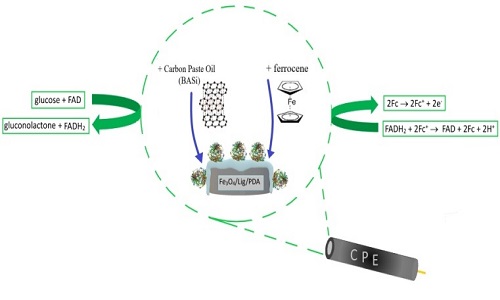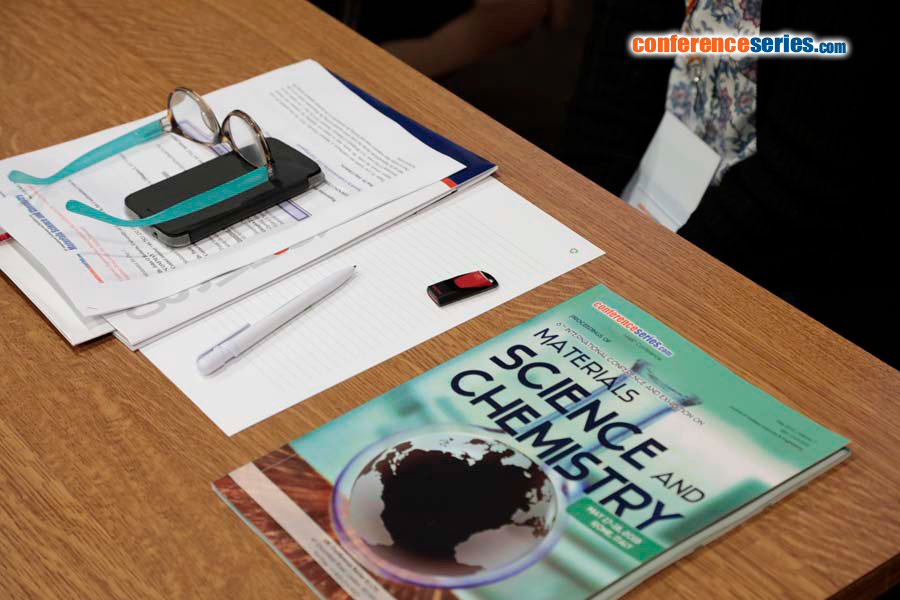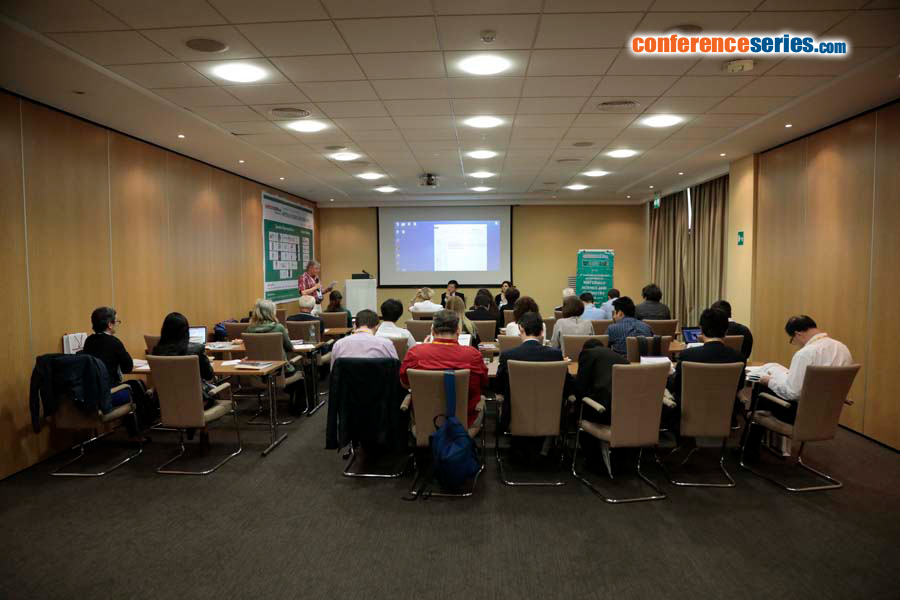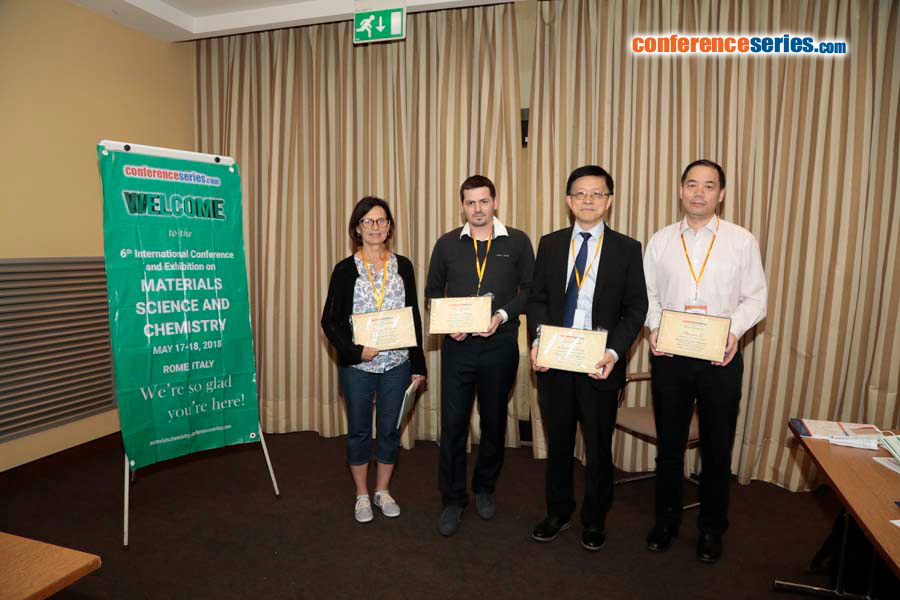
A Jedrzak
Poznan University of Technology, Poland
Title: YRF: Biosensor based on magnetite/lignin/polydopamine hybrid material combined with glucose oxidase for amperometric glucose biosensor
Biography
Biography: A Jedrzak
Abstract
The development of technology has contributed to the intensification of research into the creation of more advanced materials. Such demands can be fulfilled by various inorganic-organic hybrid materials that were previously widely used in many fields in science also for enzyme immobilization or biosensors constructions. Rapid development of biosensor systems started after the first biosensor containing glucose oxidase was developed by Clark and Lyons in 1962. To this day, many scientists are working on new methods of creation to better detection, as evidenced by amounts of published papers. Novel innovative materials for glucose biosensor have gained enormous attention due to the need for a cheap and effective blood glucose monitoring. Monitoring of glucose level is important aspect in various media, like blood, fluids or juices. Despite the presence in the market of biochemical specialists for the qualitative and quantitative detection of glucose, the commercial available glucose monitoring device have become a crucial part of diabetes care or monosaccharide but has some limitations in accuracy and errors that can be limited due to manufacturing variances, storage, aging etc. Great efforts have been focused on the preparation of magnetite/lignin/polydopamine (Fe3O4/Lig/PDA) hybrid material combined with glucose oxidase for amperometric glucose biosensors. In this work a synthesis and physicochemical characterization of a novel magnetite/lignin/polydopamine (Fe3O4/Lig/PDA) material is presented as a novel and effective platform for enzyme immobilization and biosensing application. The platform has interesting features like improved thermal and mechanical stability, excellent adhesion for inorganic and organic materials, transferability of electrons and photo thermal properties. Greater material stability and durability and the extension of its attractiveness, compared to the current commercial products can be used in determining the level of glucose in different media like body fluids, juices, fruits.
Scheme presents construction of biosensor using a carbon paste electrode (CPE)






